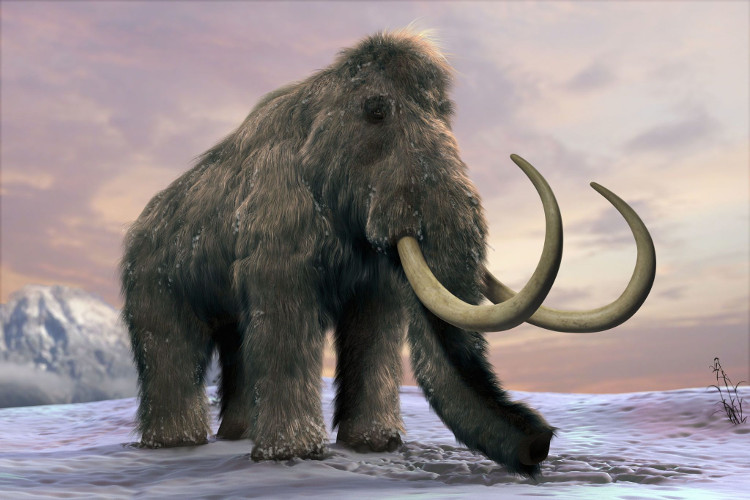Mammoths can 'reborn' and rescue the Arctic
The mammoths will reappear in the Arctic region in a special plan to clone the giant animals that disappeared 10,000 years ago.
Harvard University (USA) scientists are using DNA from a preserved mammoth in the Siberian snow and ice region over 42,000 years in a special plan. If this two-year plan succeeds, mammoths will be able to live in a 20,000-hectare Ice Age park created by Russian scientists in remote Siberia.
This also helps create the Arctic climate because they will stimulate plant growth - the scientist who led the study said.
Their ambition would include raising a hybrid mammoth inside an artificial fetus rather than a mother-made elephant.

Mammoth.
The new animal will be a hybrid between an Asian elephant and a mammoth.
Scientists are using one. Accordingly, DNA sequences will be 'cut and pasted' with unprecedented accuracy. Using this technique, scientists can cut mammoth's preserved DNA and attach it to Asian elephants to create mammoth hybrids.
Professor George Church told Sun Online: 'We have revived dozens of genes and are testing them in elephant cells. We are focusing on reviving mammoth genes and creating hybrids and helping them reproduce throughout the wild arctic climate. '
According to Professor Church, these animals may even cause the icy swamp to be replicated.
'Cold-tolerant elephants will make snow piles flat, support trees to grow in the winter and help the grass reflect heat in the summer. They can also help absorb carbon by way of enhancing plant photosynthesis, ' Church said.
It is thought that the grasslands will reflect more sunlight than the forests that exist today, allowing the winter cold to penetrate deeper and cool the soil below.
Over the years, trees in Siberia Park have been flattened by tank-like vehicles. However, to keep these trees, they need to have large animals, including mammoths.
- Mammoths can be 'revived'
- Excavation of 10,000 year old mammoth bones
- Why does science have to spend tens of years just to revive mammoths?
- More hope to revive mammoths
- 12,000 years ago, two fighting mammoths came to wrap their tusks together, then died of starvation
- Restoring mammoths from corpses
- Development technology revives extinct species?
- Can revive mammoths
- Interesting facts about animals living in the Arctic
- The mystery of the last years of mammoths
- Unearthing mammoths with fresh blood in Siberia
- New discovery from fossils of two mammoths
 Discovered an ancient centipede fossil 99 million years old
Discovered an ancient centipede fossil 99 million years old Discovered bat-like dinosaurs in China
Discovered bat-like dinosaurs in China Discovered a 200-year-old bronze cannon of the coast
Discovered a 200-year-old bronze cannon of the coast Discover 305 million-year-old spider fossils
Discover 305 million-year-old spider fossils